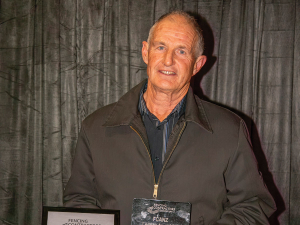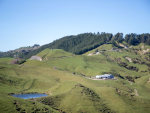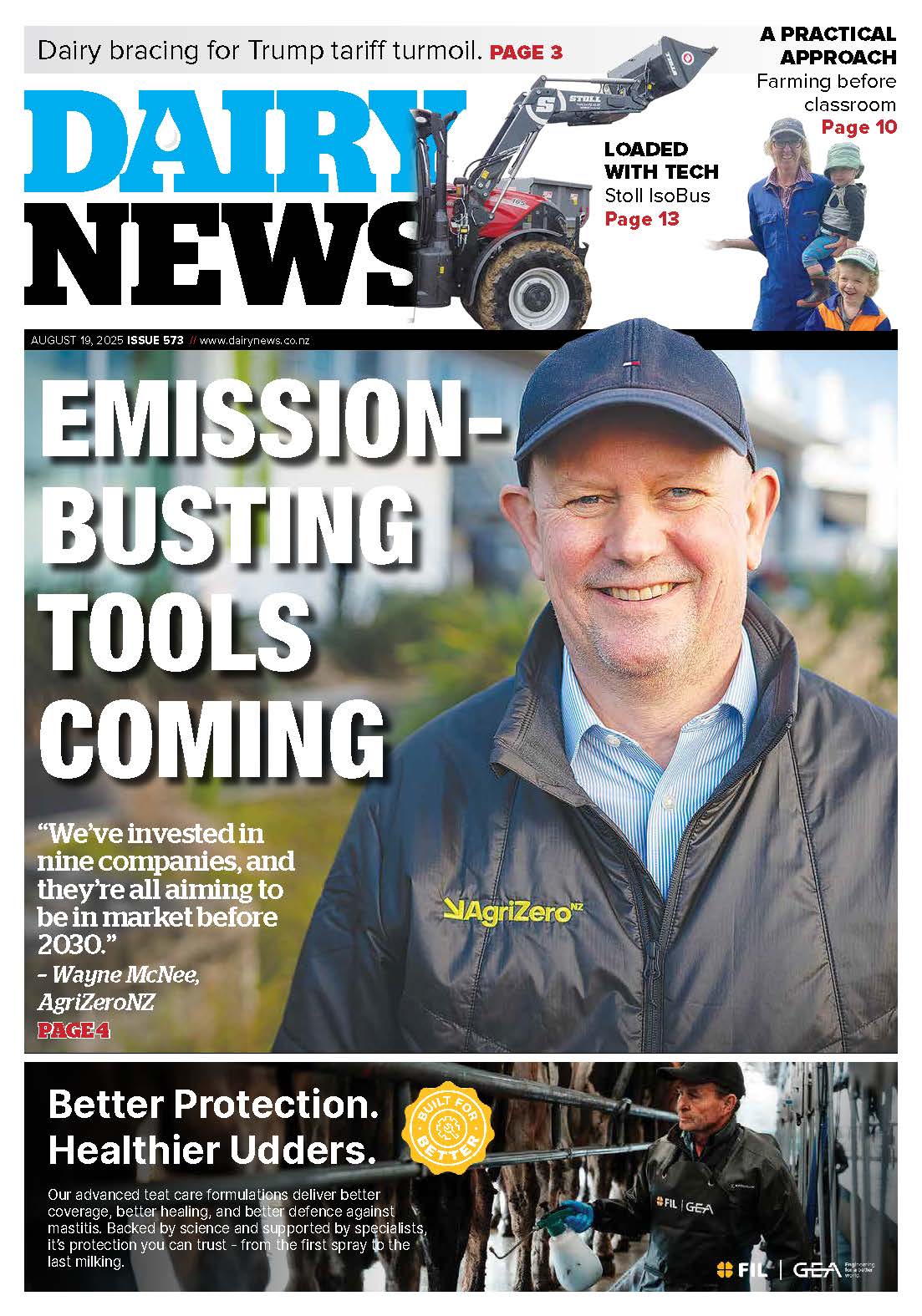DairyNZ regional leader for Northland Tafi Manjala says Northland has had little rain this year and soil moisture levels are lower than this time last season in all areas.
“We will need at least 50mm of rainfall plus follow-up rain to allow for good pasture growth,” says Manjala.
According to NZ Met Service, Whangarei had 17mm of rain last month; the heaviest fall of 10mm was recorded on January 20.
Manjala is urging farmers to have a summer dry management plan and review it weekly. Early decisions can reduce the need for drastic measures later.
“Because of the lack of moisture, pasture covers are falling as well as growth rates and farmers are advised to make management decisions based on current (not expected) pasture covers and growth rates to avoid problems if the dry period continues,” he says.
“It’s important to manage pasture condition and not over-graze, so that when it does rain pastures are in good shape to respond.”
With a reasonably positive payout year, farmers can probably spend a bit more on supplements but they still have to make sure they are making profitable decisions. But Manjala urges farmers to use feed wisely, feeding out only those supplements surplus to autumn and winter requirements and saving enough supplement to feed for three weeks after the autumn rains.
If buying in supplementary feed such as PKE, make sure it’s suitable and profitable, says Manjala.
“Profitability will depend on how long it stays dry. The immediate milk response is unlikely to fully cover the cost, but if feeding allows you to maintain more milking cows, when it does rain the returns will be significant.”
If conditions remain dry into early February then farmers need to act to protect next season’s production.
“Drying-off low producers, younger animals and thin cows, immediately culling empty low producers, grazing-off all non-milking cattle, switching to an alternative milking strategy such as once-a-day (OAD) are all actions that should be considered,” he says.
If switching to OAD or 16-hour milking, a herd test before will help reduce the risk of SCC grading.
Although we all hope it will rain soon, planning for a dry alternative and taking positive action cannot be overstated, says Manjala.
“Make good use of the resources at your disposal. Don’t be afraid to ask for help, attend DairyNZ discussion groups and discuss you plan with your farm team which includes your banker and consultants. Taking control of things now will cost you a lot less than trying to catch up once the rains come.”
Kaiwaka farmer Matt Smith says the main focus on his farm is regular monitoring of pasture growth by measuring growth rates and maintaining quality feed by regular nitrogen application when there’s any rain.
The Rural Support Trust can help farmers. Call them on 0800 787 254

















